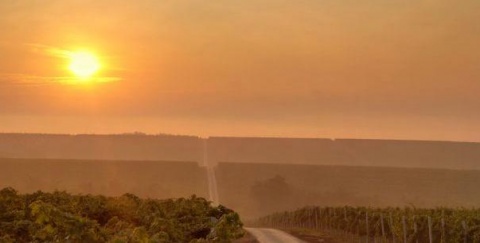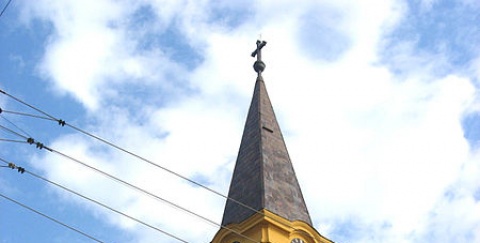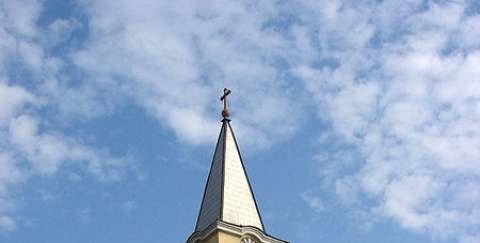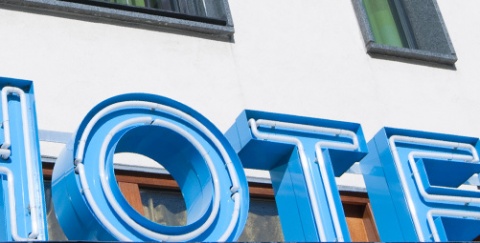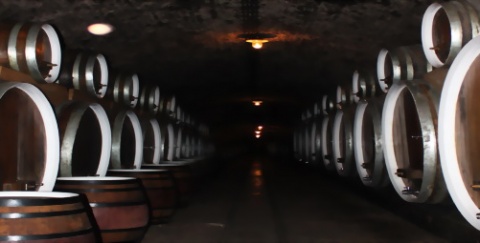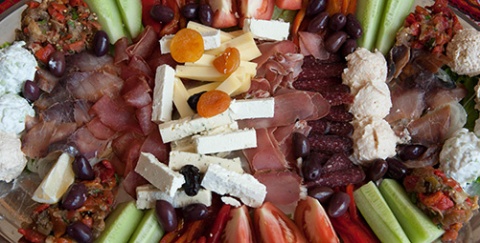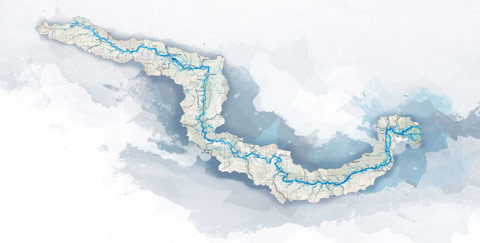

Mohács
In the past, the small Danube harbor town of Mohács twice was the place for decisive events in Hungarian and European history: 1526 and 1687. Today, Mohács is well known for its Busó Carnival, a wide range of tourist attraction and its vicinity to the nearby city of Pécs, 2010 European Capital f...
Country: Hungary
In the past, the small Danube harbor town of Mohács twice was the place for decisive events in Hungarian and European history: 1526 and 1687. Today, Mohács is well known for its Busó Carnival, a wide range of tourist attraction and its vicinity to the nearby city of Pécs, 2010 European Capital for Culture. But it is also entrance gate to the EU Schengen Agreement, and the best place to start excursions in famous Duna (Danube)-Dráva National Park.
While tiny little city of Mohács today, only counts 17800 inhabitants, here, in 1910, over 56 000 people lived. Mohács ever since has been a melting pot of nations. In 1910, Germans, Hungarians, Serbians, Croatians and further 9600 inhabitants of "other languages" were living here, most probably in majority Bunjevac and Šokac people. The latter ones are said to have introduced the annual tradition of Busó Carnival (Busójárás). to Mohács, which brings thousands of people to this place on Danube, to see the wonderful masks, costumes, dances and parades. Today, visitors can admire the tradition of this mask carnival not only in February/March, but all year round, as new museums have opened and lots of attractions are dedicated to this major annual event.
Important historic events…
But – not only for Hungarians – Mohács has been also a very important town in the history of the country: here, on 29th of August 1526 the fatal epic battle between Hungarians and ottomans took place, which cost the life of 14 000 to 20 000 Hungarians and was lost and young Hungarian King Lajos (Louis) II died. Result was (15 years later) the total occupation of Southern Hungary by Ottoman power, for nearly one and a half century. The battlefield until today is a Memorial ground, visited annually by thousands of guests. Another date, the 12th of August, 1687, marks the second Battle, this time a little bit further off Mohács. That time Austrian troops and allies of the Habsburg Empire won the fight against Ottomans, which resulted in a great re-conquest of further cities down Danube, especially Osijek, Vukovar, Ilok, up Petrovaradin Fortress in today`s Novi Sad. Even Slavonia and Transylvania came under Imperial Habsburg rule.
While Mohács lost importance after WW II and during time of the “Iron curtain”, which caused the significant drop of number of inhabitants, since two decades, the city is coming up again and re-defines itself as one of the most important towns along Hungarian Danube.
New aims…
Most important is the vicinity of the Duna (Danube)-Dráva National Park and its wide range of attractions. Mohás, since some years, has become a brand new destination for eco tourism activities: canoe and kayaking, biking and hiking, guided tours to flora and fauna into the unique habitat of the Danube marshes, and, not to forget, the outstanding quality of food and drinks make it a perfect destination for relaxed outdoor holidays. Mohács and even more nearby people of city of Baja are said to prepare the best Danube fish soup along the river: certainly, the traditional soup version is prepared outdoor, in a kettle, and on open fire. Along with this, Southern Hungarian wines of local and nearby wine regions, especially the red wines, have marked a strong revival in recent two decades. After having been in decline due to mass production in socialist times, many of these wine makers and vineries have reached world level, in short time.
A cultural must: nearby city of Pécs
A visit in Mohács would not be complete without a minimum one day excursion to city of Pécs. The 5th biggest town of Hungary, just 40 km from Mohács, in 2010 was European Capital of Culture. Its well maintained heritage, the overwhelming offers of museums, theatres, exhibitions, concerts, and the architectural jewels of the town make it a definite must to go! Not to forget, Pécs is thanks to the oldest university of Hungary, a very young and active town, with 34 000 students and vibrant life around the clock. Finally, it is not surprising, that some visitors talk, when visiting Mohács and surroundings, of a new Tuscany in Southeastern Europe. Also not surprising is, that several thousand Northern and Western European people have chosen this area to settle down forever – especially Dutch people. But also those, coming here only for a few days, will enjoy the pleasant walks on Danube promenade in Mohács, the visit in one of the Busó mask manufactories, the museum exhibitions, the excursions to eagles and storks and grey cattle in the National Park and the wonderful kitchen. And, another reason to come, new wellness & spa facilities allow also the perfect choice of healthy tourism days in this Danube area along kilometer 1450 of the river.
DANUBE.TRAVEL has no control over the website content generated by users and/or visitors, neither such content represents a statement, opinion, recommendation or rating by DANUBE.TRAVEL. For further information please refer to DANUBE.TRAVEL – General Website Terms and Conditions of Use.
 EN
EN DE
DE

